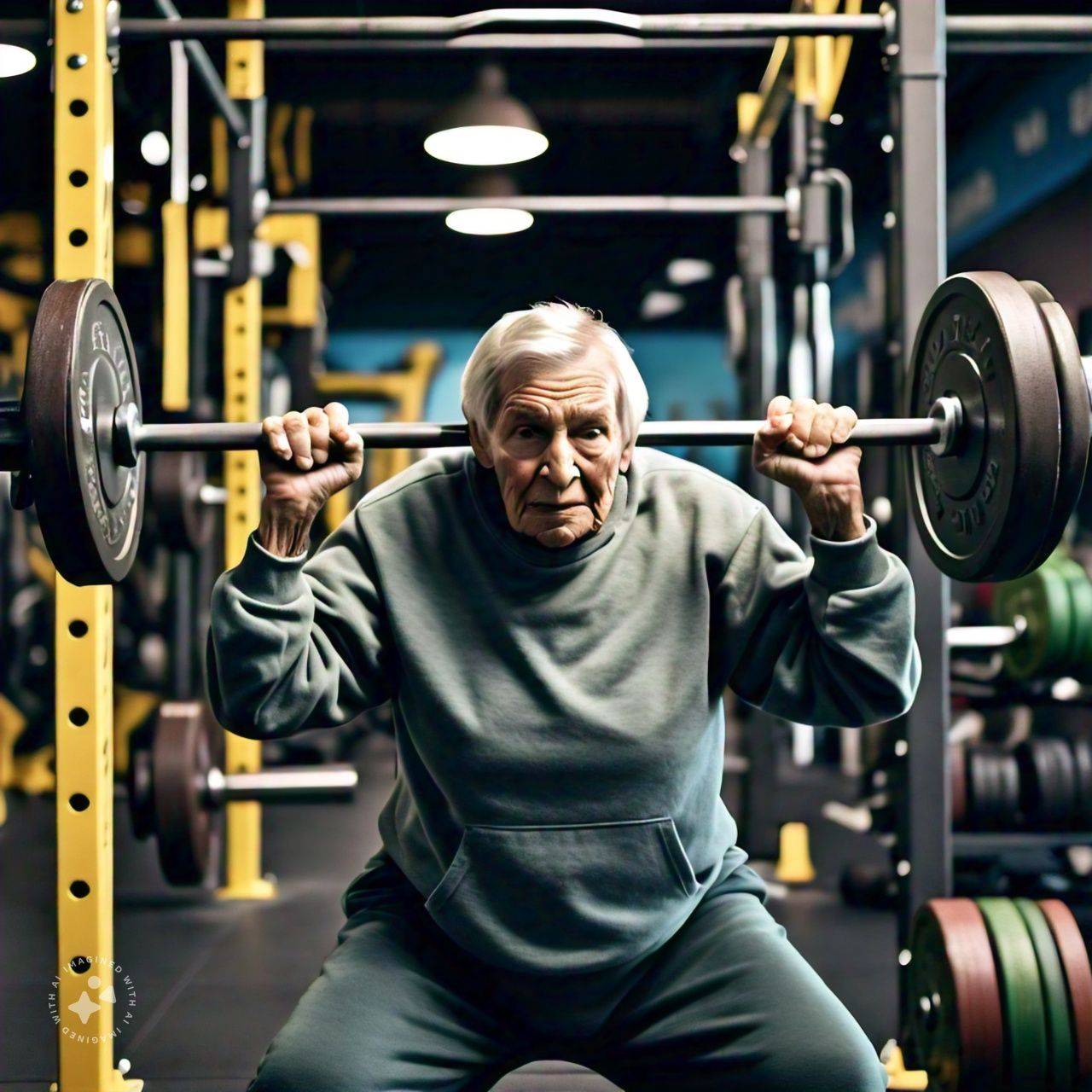When most people think of staying healthy as they age, cardio or general fitness often comes to mind. But strength training—a regimen focused on building and maintaining muscle—is equally, if not more, important. It’s not just about aesthetics; it’s about enhancing quality of life and longevity. Here’s why strength training deserves a place in your routine, no matter your age.
1. Builds and Maintains Muscle Mass
As we age, we naturally lose muscle mass, a condition known as sarcopenia. This loss begins as early as our 30s and accelerates over time, leading to reduced strength and mobility. Strength training helps counteract this process by stimulating muscle growth, ensuring you stay strong and functional for longer.
2. Strengthens Bones and Prevents Osteoporosis
Bone density declines with age, increasing the risk of fractures and osteoporosis. Weight-bearing exercises like squats, lunges, and resistance training stimulate bone growth and improve bone health. This makes strength training vital for maintaining skeletal integrity as you age.
Pro Tip:
Incorporate exercises like deadlifts or weighted squats to promote bone strength, but start with manageable weights and proper form.
3. Enhances Metabolism and Weight Management
Muscle tissue burns more calories at rest compared to fat tissue. By building muscle through strength training, you boost your resting metabolic rate, making it easier to maintain a healthy weight. This benefit is especially valuable as metabolism slows with age.
4. Improves Balance and Reduces Fall Risk
Falls are a leading cause of injury among older adults. Strength training improves balance, coordination, and stability by strengthening the muscles around your joints and enhancing your core strength. This reduces the likelihood of falls and injuries.
Try These Moves:
Single-leg deadlifts
Step-ups with weights
Plank variations
5. Boosts Mental Health and Cognitive Function
Strength training isn’t just good for the body—it’s great for the mind. Regular resistance exercises have been linked to improved memory, focus, and reduced symptoms of anxiety and depression. The endorphin release during workouts also contributes to a happier, more positive outlook on life.
6. Promotes Independence in Later Years
Maintaining strength ensures you can perform everyday tasks—like lifting groceries, climbing stairs, or getting up from a chair—without assistance. This independence greatly enhances your quality of life as you age.
Getting Started with Strength Training
a. Start Small
If you’re new to strength training, begin with bodyweight exercises like push-ups, squats, and planks. Gradually add weights or resistance bands as you gain strength.
b. Focus on Form
Proper form prevents injury. Consider working with a trainer initially to ensure you’re performing exercises correctly.
c. Make It a Habit
Aim for 2–3 strength training sessions per week, targeting major muscle groups each time.
d. Combine with Other Activities
Complement strength training with cardio and flexibility exercises for a well-rounded fitness routine.
Takeaway
Strength training isn’t just about building muscle—it’s about building a life of independence, resilience, and vitality. By incorporating resistance exercises into your routine, you can strengthen your body, protect your bones, and boost your mental well-being. Start today to ensure a healthier, longer future!


